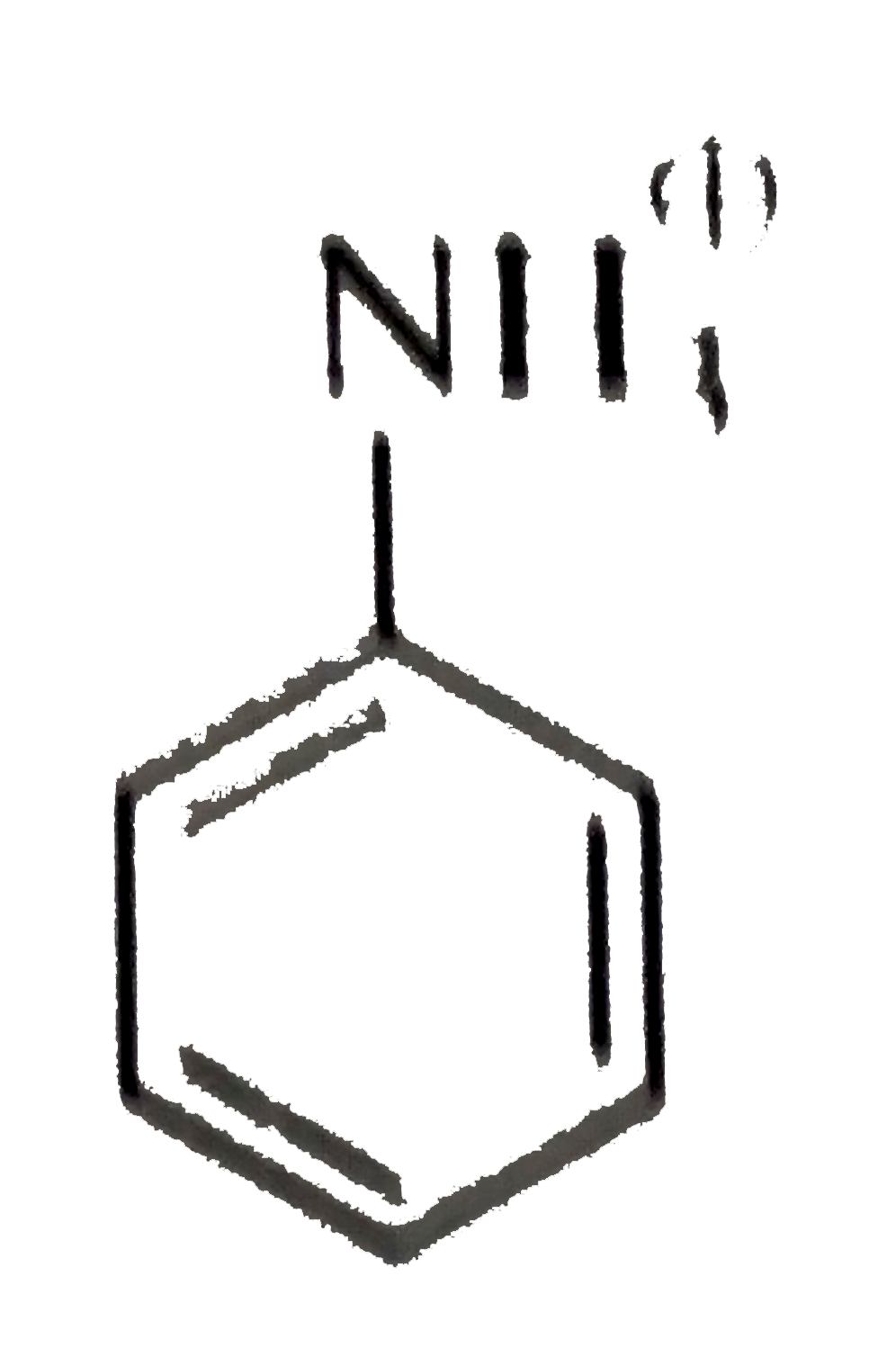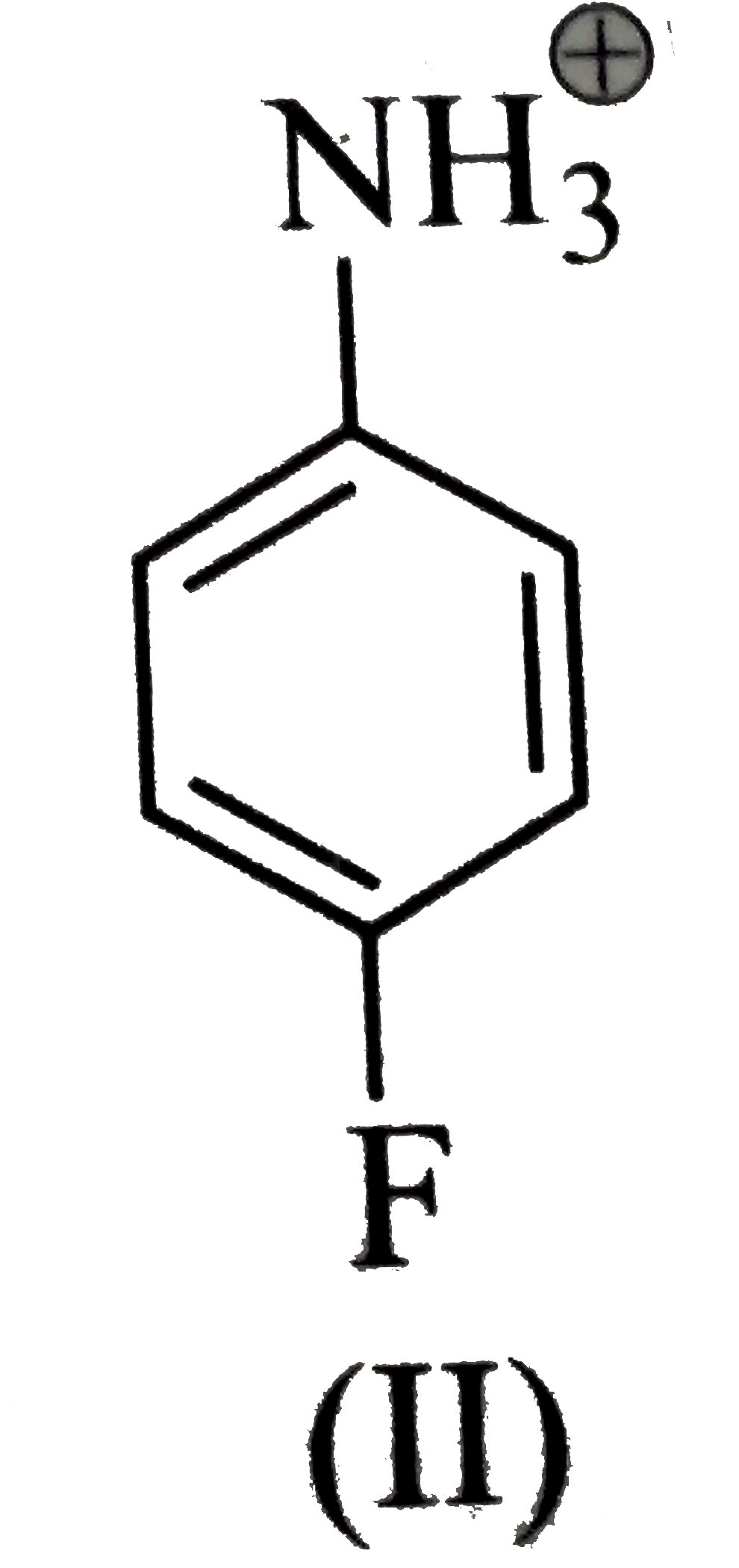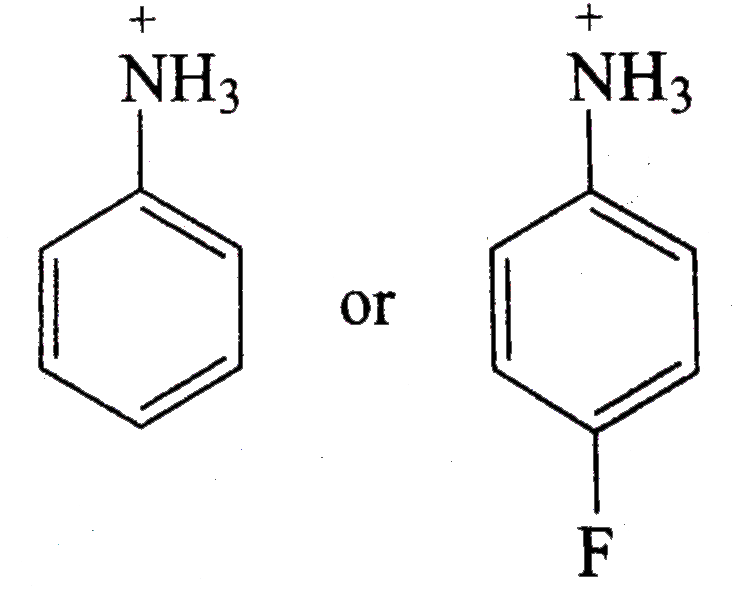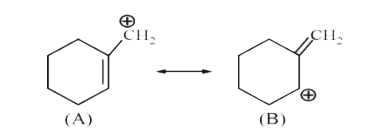Which of the following any gives more distinct diffraction
X-ray
light ray
γ-ray
radia wave
The correct Answer is:D
To determine which type of wave gives more distinct diffraction, we need to analyze the relationship between wavelength and the distinctness of diffraction patterns. Here's a step-by-step solution:
Step 1: Understand the concept of diffraction
Diffraction refers to the bending of waves around obstacles and the spreading of waves when they pass through small openings. The distinctness of the diffraction pattern is influenced by the wavelength of the wave.
Hint: Remember that longer wavelengths tend to produce more pronounced diffraction patterns.
Step 2: Identify the relationship between wavelength and fringe width
The fringe width (β) in a diffraction pattern is directly proportional to the wavelength (λ) of the wave. This means that as the wavelength increases, the distance between consecutive maxima (bright spots) and minima (dark spots) also increases.
Hint: Recall the formula for fringe width: β = λD / d, where D is the distance to the screen and d is the slit separation.
Step 3: Compare the wavelengths of the given options
The options provided are:
- A) X-ray
- B) Light ray (visible light)
- C) Gamma ray
- D) Radio wave
We need to compare the wavelengths of these types of waves:
- Gamma rays have very short wavelengths (on the order of picometers).
- X-rays have short wavelengths (on the order of nanometers).
- Visible light has wavelengths ranging from about 400 to 700 nanometers.
- Radio waves have long wavelengths (ranging from meters to kilometers).
Hint: List the types of waves in order of increasing wavelength to visualize which has the longest wavelength.
Step 4: Determine which wave has the longest wavelength
From the comparison:
- Radio waves have the longest wavelength compared to gamma rays, X-rays, and visible light.
Hint: Remember that longer wavelengths lead to more distinct diffraction patterns.
Step 5: Conclusion
Since radio waves have the longest wavelength, they will produce the most distinct diffraction pattern among the given options.
Final Answer: D) Radio wave gives more distinct diffraction.
Diffraction refers to the bending of waves around obstacles and the spreading of waves when they pass through small openings. The distinctness of the diffraction pattern is influenced by the wavelength of the wave.
The fringe width (β) in a diffraction pattern is directly proportional to the wavelength (λ) of the wave. This means that as the wavelength increases, the distance between consecutive maxima (bright spots) and minima (dark spots) also increases.
The options provided are:
- A) X-ray
- B) Light ray (visible light)
- C) Gamma ray
- D) Radio wave
- Gamma rays have very short wavelengths (on the order of picometers).
- X-rays have short wavelengths (on the order of nanometers).
- Visible light has wavelengths ranging from about 400 to 700 nanometers.
- Radio waves have long wavelengths (ranging from meters to kilometers).
From the comparison:
- Radio waves have the longest wavelength compared to gamma rays, X-rays, and visible light.
Since radio waves have the longest wavelength, they will produce the most distinct diffraction pattern among the given options.
Topper's Solved these Questions
- WAVE OPTICSBOOK - ALLENCHAPTER - WAVE OPTICSEXERCISE - Exercise 2 (Brain Teasures)
22 Videos
- WAVE OPTICSBOOK - ALLENCHAPTER - WAVE OPTICSEXERCISE - Exercise 3 (Miscellaneous type Questions)
27 Videos
- WAVE OPTICSBOOK - ALLENCHAPTER - WAVE OPTICSEXERCISE - Example 15
1 Videos
- UNIT & DIMENSIONS, BASIC MATHS AND VECTOR BOOK - ALLENCHAPTER - UNIT & DIMENSIONS, BASIC MATHS AND VECTOR EXERCISE - Exercise (J-A)
7 Videos
Similar Questions
Knowledge Check
Which of the following will give acetone?
AH3C−C≡CHHg+2,H2SO4−−−−−−−−→BCH3−C≡CHB2H6−−−−−→ΘOH,H2OC DHC≡CH+CH3OH→
DHC≡CH+CH3OH→Which of the following will give iodoform ?
ACH3CH2OHBCH3−OH∣CH−PhC D
D
Which of the following is more elastic than air ?
View SolutionWhich of the following is more acidic and why?

View SolutionWhich of the following is more acidic and why ?


View SolutionWhich of the following is more acidic and why?

View SolutionWhich of the following is more basic than aniline?
View SolutionWhich of the following is the most distinctive feature of echinodermata ?
View Solution

